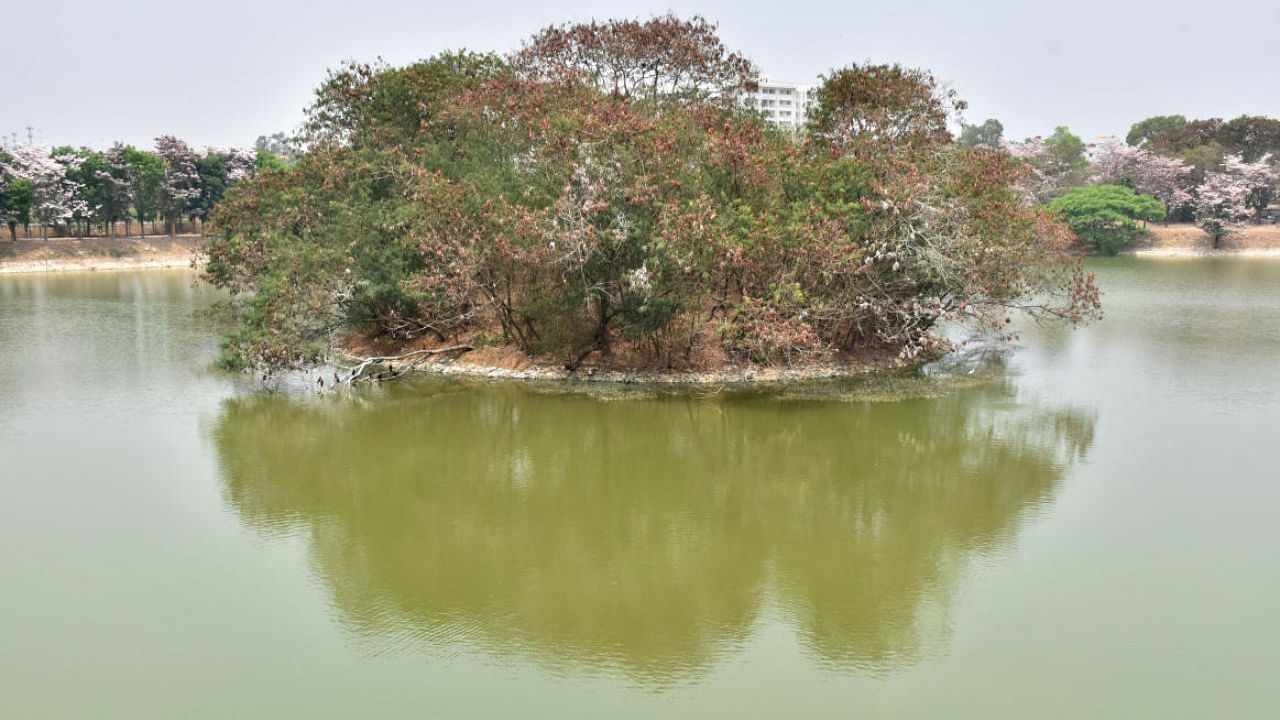
India has 24.24 lakh water bodies like ponds, tanks and lakes, with West Bengal accounting for the most (7.47 lakh) and Sikkim the least (134), according to the census of waterbodies released by the Ministry of Jal Shakti.
The first-ever census of water bodies conducted by the Ministry also said that out of 24,24,540 water bodies that have been enumerated in the country, 97.1 per cent (23,55,055) are in rural areas and only 2.9 per cent (69,485) are in urban areas.
A total 26,994 water bodies have been enumerated in Karnataka, out of which 97.1 per cent (26,205) are in rural areas and the remaining 2.9 per cent (789) are in urban areas, said the report released by the Jal Shakti Ministry here.
Top five states in terms of number of water bodies are West Bengal, Uttar Pradesh, Andhra Pradesh, Odisha and Assam, which constitute around 63 per cent of the total water bodies in the country.
Top five states in terms of the number of water bodies in urban areas are West Bengal, Tamil Nadu, Kerala, Uttar Pradesh and Tripura, whereas the same for rural areas are West Bengal, Uttar Pradesh, Andhra Pradesh, Odisha, and Assam.
59.5 per cent of the total water bodies are ponds, followed by tanks (15.7 per cent), reservoirs (12.1 per cent), water conservation schemes/percolation tanks/check dams (9.3 per cent), lakes (0.9 per cent) and others (2.5 per cent).
55.2 per cent of water bodies are owned by private entities whereas 44.8 per cent are in the domain of public ownership.
The census also revealed that out of all publicly owned water bodies, the maximum are owned by Panchayats, followed by the states' Irrigation/State Water Resources Departments.
Out of all privately owned water bodies, the maximum are in the hands of Individual owners/farmers, followed by a group of individuals and other private bodies, said the report.
Out of total water bodies enumerated, 78 per cent water bodies are man-made whereas 22 per cent are natural. 1.6 per cent (38,496) water bodies out of all the enumerated water bodies are reported to be encroached out of which 95.4 per cent are in rural areas and remaining 4.6 per cent in urban areas, said the report.
The census covered all important aspects of the water bodies including their type, condition, status of encroachments, use, storage capacity, status of filling up of storage, etc. It covered all the water bodies located in rural as well as urban areas that are in-use or not in-use, said a statement from the Jal Shakti Ministry.
